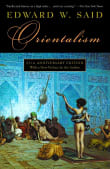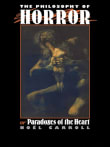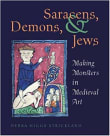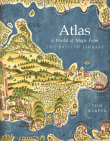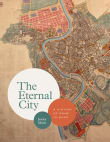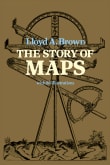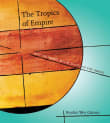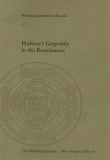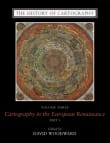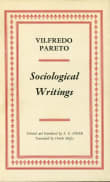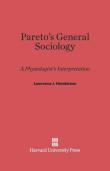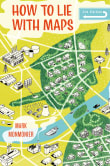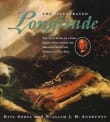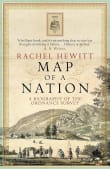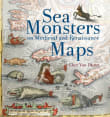Renaissance Ethnography and the Invention of the Human
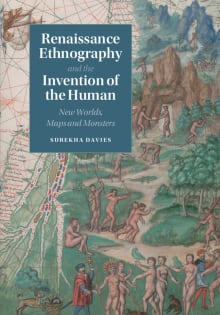
Book description
Giants, cannibals and other monsters were a regular feature of Renaissance illustrated maps, inhabiting the Americas alongside other indigenous peoples. In a new approach to views of distant peoples, Surekha Davies analyzes this archive alongside prints, costume books and geographical writing. Using sources from Iberia, France, the German lands, the…
Why read it?
1 author picked Renaissance Ethnography and the Invention of the Human as one of their favorite books. Why do they recommend it?

This is a brilliant, wide-ranging, deeply-sourced study of the dynamics that underpinned and justified early modern colonization of the Americas. Mandeville’s Book of Marvels and Travels is the prehistory of the horrors of colonization; the sources at the heart of Davies’s study are colonization’s architecture: maps, book illustrations, freestanding prints, published texts, letters, journals, and on. With nuance and care, Davies rewrites the intellectual history of this period, confronting the dehumanizing, demonizing, monsterizing visual and textual rhetoric of colonial enterprises (which directly contributed to large-scale violence), but also looking carefully at nuances, differences, and shifts in this rhetoric over the…
From Asa's list on explaining the history of monsters.
If you love Renaissance Ethnography and the Invention of the Human...
Want books like Renaissance Ethnography and the Invention of the Human?
Our community of 12,000+ authors has personally recommended 100 books like Renaissance Ethnography and the Invention of the Human.
Browse books like Renaissance Ethnography and the Invention of the Human

